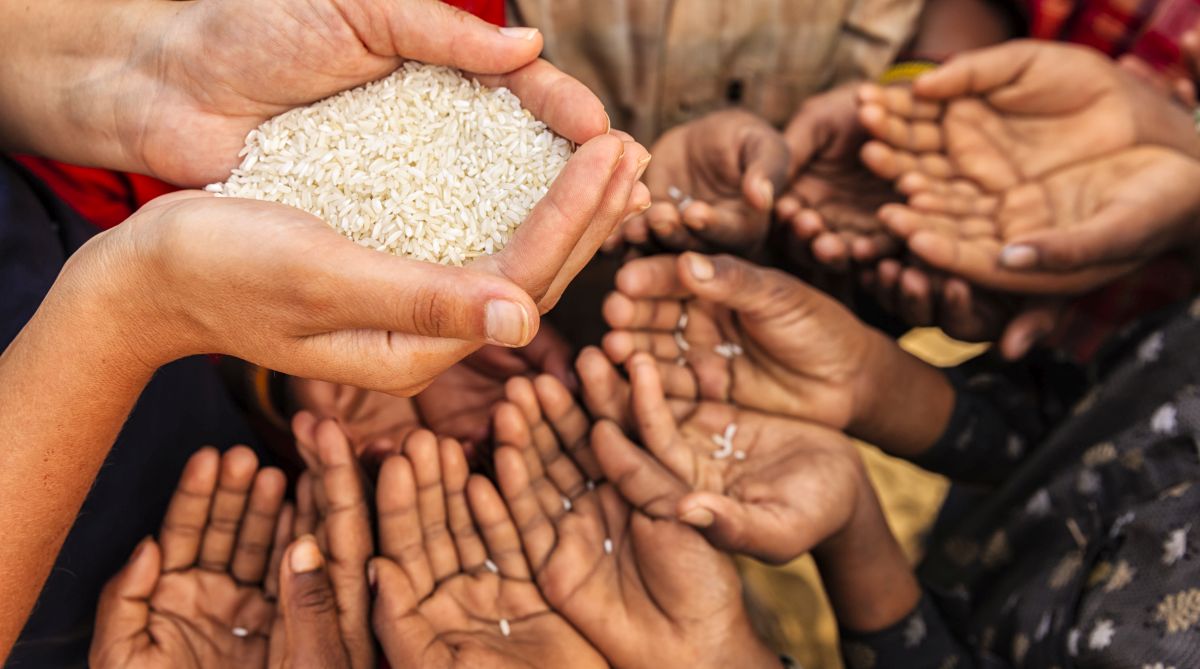The coincidence is cruelly ironic. While rumbustious scenes prevailed in the West Bengal Assembly over the reported starvation deaths of seven members of the Sabar community in West Midnapore, a food festival was inaugurated with matching fanfare in upmarket New Town, on the periphery of Kolkata. ‘Ahare Bengla’ was organised by the state government. From the Bengal Left to the Trinamul Congress, there has been a rather strained attempt to deflect the focus in the wake of starvation deaths.
Just as Biman Bose, then the state secretary of the West Bengal CPI-M, had drawn a fine distinction between starvation and malnutrition in the aftermath of the reported deaths in Amlasole (West Midnapore) in 2004, so too has Mamata Banerjee attributed the recent tragedy at Lalgarh in the same district to what she calls “age-related diseases and alcoholism”. Hunger, both the Left and Trinamul would have us believe, is not central to the tragedy.
Advertisement
Notably, the Chief Minister hasn’t denied the deaths of seven members of the tribal Sabar community in the Junglemahal region, despite the availability of rice at Rs 2 a kg. Yet there will be questions of the pattern of food distribution in the context of the query posed by the Trinamul MLA from Diamond Harbour. Specifically, on the quantity of subsidised foodgrain and other assistance the government had provided to the people of Junglemahal ~ an area that had been roiled by food riots in 2007.
The curious feature, indeed the thread that links the repeated tragedies in the district, must be that successive dispensations have skirted an incisive investigation, lest it opens a pretty kettle of fish. Without such a probe, the statements of Mr Bose and the present Chief Minister would seem to be wholly inadequate, almost perfunctory. After close to 15 years, Amlasole may have been relegated to the footnotes of Bengal’s social history. Sabar will be in the news for some time yet not the least because seven members of the class group had died in a span of 15 days. It shall not be easy to obfuscate reality.
Will a few fundamental questions get to be asked and answered? It will not be enough to merely claim that subsidised food is being distributed from the hills of North Bengal to Junglemahal in the south. Did the seven Sabars get food each day to sustain themselves? Is the Public Distribution System functioning as it ought to? Or is subsidised foodgrain being diverted on a round-trip to the open market, there to be sold at inflated commercial rates?
The last was primarily responsible for the food movement in Junglemahal in 2007 when the poor were driven quicker to death than to a morsel of grain. The government must of necessity take a call on the praxis of food distribution, instead of engaging in a superficial prognosis.









